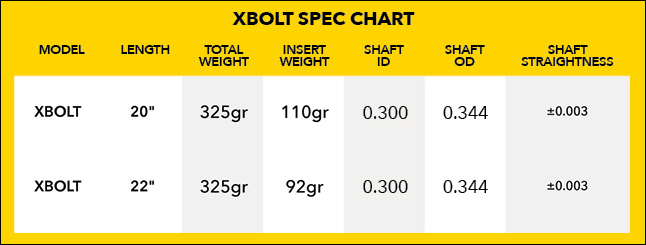

These screws provide a higher insertional torque however, an improvement in the pullout strength has not been proven yet. Double lead and dual thread pedicle screws were designed to allow faster insertion. The lead is the distance advanced with one revolution. Pedicle screws are penetrating implants that provide bending and pullout resistance (Fig. Vertebral fixation system comprises anchorage components (screws, hooks, wires and cables), longitudinal components (rods, plates), transversal connectors and accessories (staples). Knowledge of biomechanics offers the opportunity to predict and avoid surgical constructs that may lead to hardware failure and poor clinical outcomes. Pedicle screw fixation was designed to provide immediate stability, rigid immobilization and short fixation without sacrificing additional motion segments required by other forms of fixation. In the United States, pedicle screws were first used by Harrington to reduce and stabilize high-grade spondylolisthesis, 11,12 and Steffee used screws coupled with plates for reduction and stabilization of degenerative spondylolisthesis. 10 This concept led to the development of the first generation of internal fixators as proposed by Dick, Olerud and Kluger. 9-10 Fritz Magerl from Switzerland introduced the concept of angle-stable pedicular fixation that allowed the short stabilization for fractures of the thoracolumbar spine. The Roy-Camille implant was modified to be used in the lumbosacral junction, and an increase in the fusion rate was observed. The “FDA Classification Panel Meeting for Thoracolumbosacral Pedicle Screw System” started in 1993.Īs Europe was the birth place of the pedicle screw, the preliminary evolution of pedicle screw fixation happened there. 1 Despite the FDA restriction, American spine surgeons have started to implant pedicle screws in the spine as “off-label” use. 1 The reason was based only on legal issues, since the American spine societies were in favor of pedicle screw. The controversy was predominantly due to FDA (Food and Drug Administration) concerns about the safety and effectiveness of the pedicular screw fixation. 9-1).Īlthough pedicle screw fixation has acceptance in Europe and other countries, there was a controversy in United States regarding its use. The earlier version of pedicle screw was monoaxial and coupled with plates later, it has evolved to the current rod-based system coupled with polyaxial screws (Fig. The technique was first applied to treat fractures and later extended to treat tumors, spondylolisthesis and malunions. 8 He promoted the use of pedicle screws as a point of fixation for thoracolumbar segmental fixation. The use of pedicle screw for spinal fixation began in France in 1963 with Roy-Camille, who waited until 1970 to report the technique. However, in osteoporotic bones “in vitro” similar primary and long-term stability was observed between pedicle screws and a laminar hook system additionally fixed on the lamina with a perforating screw as well as cortical screws were shown to have equivalent pullout strength in osteoporotic bone compared to pedicle screws. Besides, pedicle screws provide superior clinical results compared to other methods of spine instrumentation. Although segmental fixation with wires, bands and hooks still plays a significant role, the biomechanical advantages of the pedicle screw led to an increase of the use of pedicle screw fixation over time. Pedicle screw fixation is currently one of the most used modalities for internal thoracic and lumbar spine stabilization. Primary stability is related to the spinal fixation system and the long-term stability depends also on the conditions of the treated spinal segment, such as possible osteoporosis. 1-3 The success of the spinal fixation depends on the primary stability and long term stability. In view of the biomechanical advantages of pedicular fixation systems, which provide more tridimensional stability to the vertebral segment with a small area of instrumentation, even in the absence of posterior vertebral elements, and improves outcomes of spinal fusion, this modality of vertebral fixation has gained increasingly widespread acceptance. Pedicle screw fixation represents a landmark in the field of spinal surgery. Helton Defino, Fabio Galbusera, Hans-Joachim Wilke HISTORICAL DEVELOPMENT


 0 kommentar(er)
0 kommentar(er)
